Crafting sustainable and inclusive sculpture in Stroud

Nestled in leafy Amberly and with a stunning view over the valley below, The Hide offers a creative retreat for artists from Stroud and further afield to nurture their creative practice. For their annual public exhibition, The Hide Installation and Sculpture Showcase (THISS) 2025, artists from Stroud, the South West and London will be crafting sustainable sculpture in The Hide’s sun-kissed gardens for a free public exhibition.
In this interview-led feature, Amplify Stroud sat down with artists organising and exhibiting at THISS 2025 to hear more about how social and environmental questions are shaping sculpture today.
The Hide prides itself as a hub for Stroud-based artists, says founder and contemporary visual artist Alice Sheppard Fidler. "When The Hide was in its early stages of development as a retreat and residency space, I set up 'small talks', a free monthly event for local artists and writers to come together," Alice told Amplify Stroud.
"The artists either present works and ideas, or work with a guest speaker, in the studio at The Hide. The purpose is to create community and connection, and to provide a safe/creative/critical space. It was well received and ran for a few years. We employ local Stroud based artists and writers when we have funding to do so, helping support local creatives through employment."
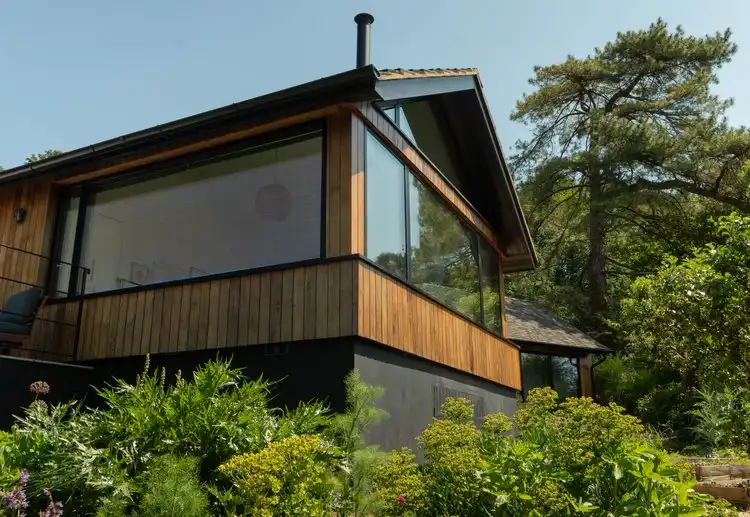
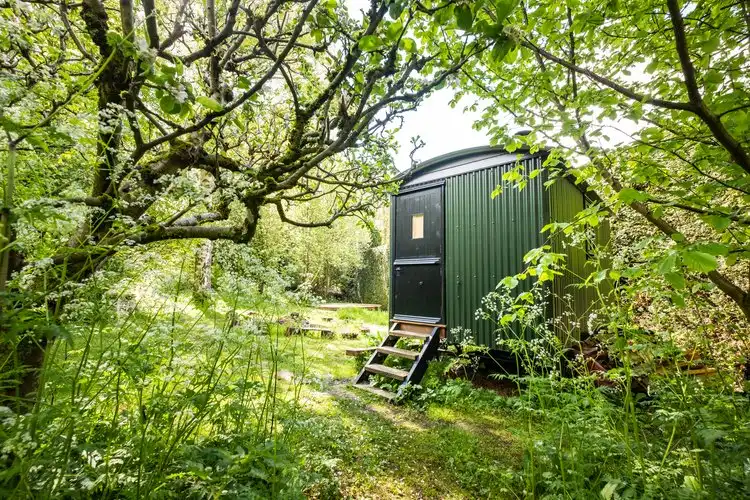
Credit: The Hide Artists Retreat
The Hide have been hosting THISS every year since 2022, as part of Stroud's Site Festival. Alice credits the exhibition with helping artists network and promote their work, as well as connect with the general public.
"From an artists' point of view, living rurally there is a need to connect with wider audiences - we can't always travel to where things are happening elsewhere. Bringing audiences to us can be an act of rebellion."
"It's good to be part of SVA and site festival, connecting all the creatives across the valleys, deepening community, putting us on map, and making us a destination. Because it's free that means anyone can come, and it makes it more accessible."
"Everyone loves a garden, so it's more than just an art show: it's a day out, an experience, fresh air, well-being and mental health boost. [We try to be] thought provoking and challenging, as we often feature conceptual or abstract art. We aim to be inspiring and encourage others to take risks, experiment, and have a go."


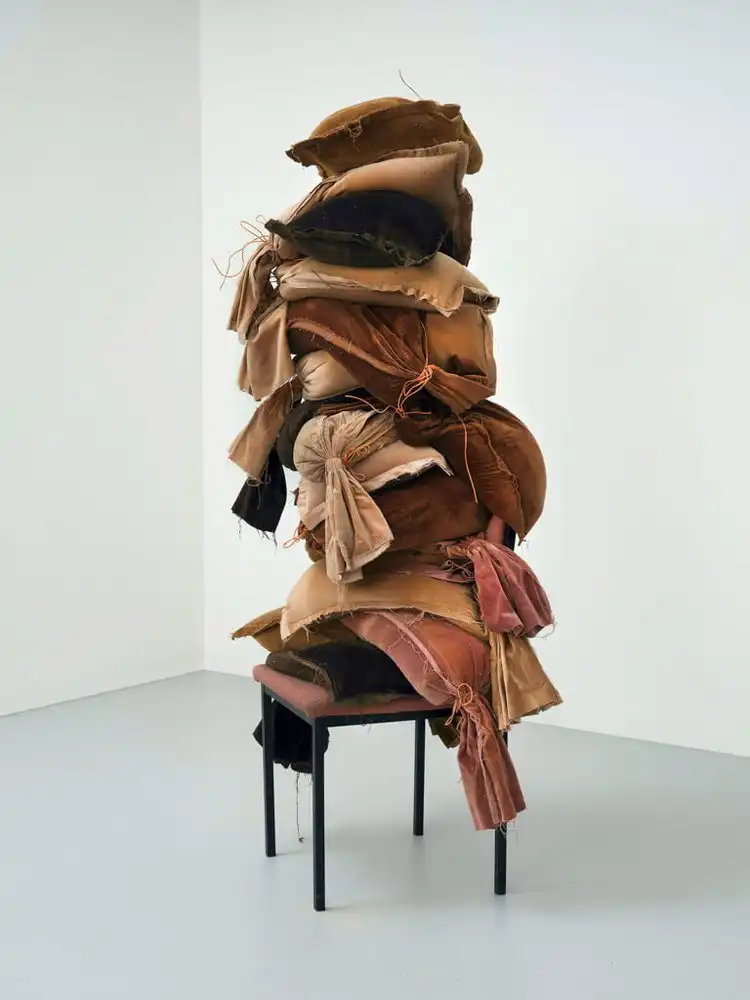
Credit: Alice Sheppard Fidler
What does ‘sustainable sculpture’ mean in a world saturated with stuff?
It feels like every day we see more images of environmental degradation and piling pollution. Towering trash piles of rotting refuse, oceans swimming in microplastics, and turtles squirming with a Stella 6-pack necklace. What does it mean to source and make more ‘stuff’ in the name of art, in a world already overspilling with objects? Artists exhibiting at The Hide have all been wrestling with this tension head-on, embracing the theme of ‘adaptable matter’ for THISS 2025.
Bristol-based exhibiting artist Jessica Akerman explains that creating art can come with environmental-ethical responsibilities in our modern world of overproduction, over-consumption, and resource extraction.
“I often use scrap materials, keep offcuts and make them into something else, and think carefully if I want to make something that has more of an environmental impact. I also don’t want to add more and more stuff to the world for the sake of it, despite the fact that I love the world of objects.”
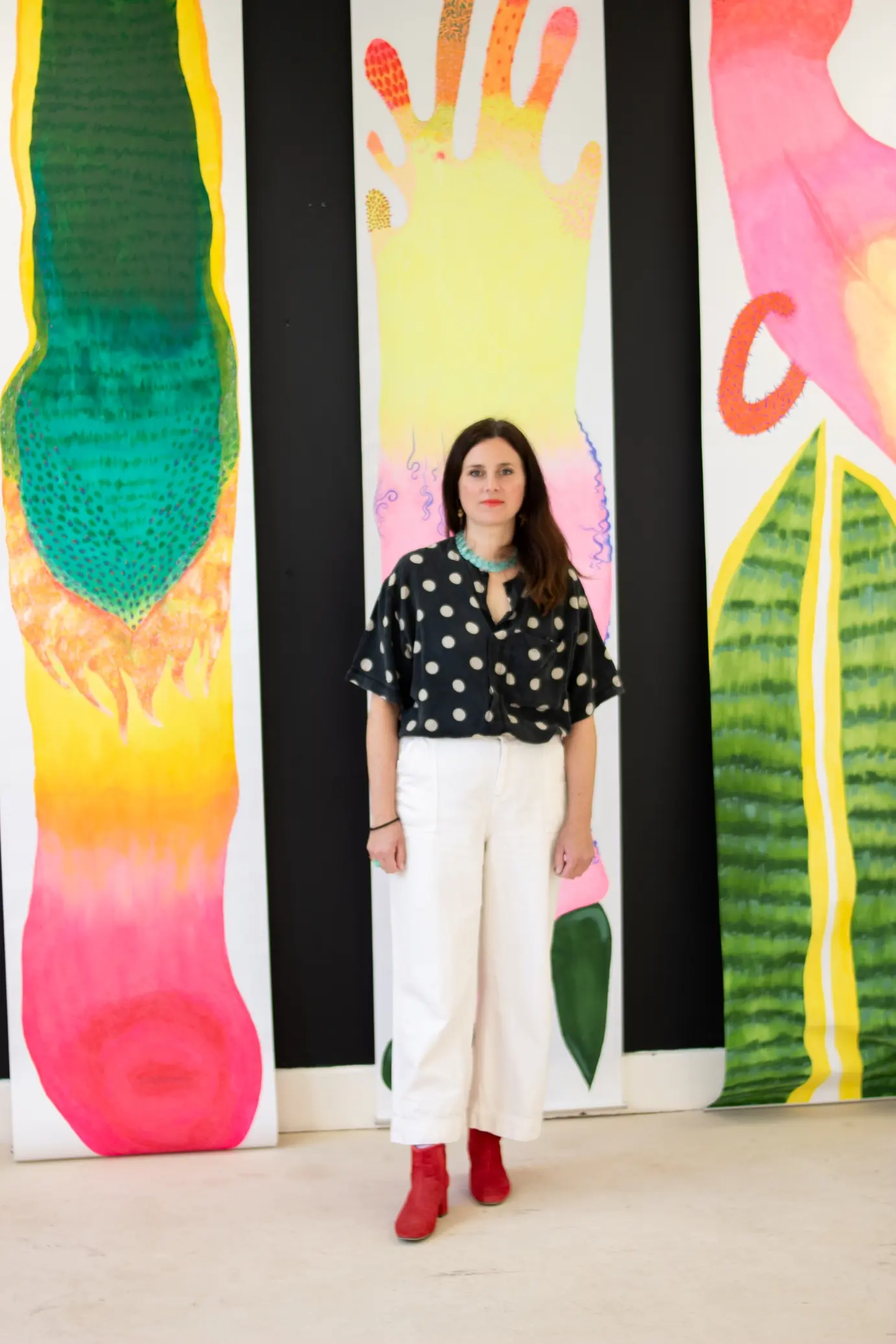

Credit: Jessica Akerman and Jo Hounsome
Fellow artist Valentino Vannini also approaches the environmental implications of creating sculptural art “with care and critical attention”, complimenting his particular creative focus on queer defiance and resilience against social norms.
“Many of the materials I use are harvested directly from my surroundings—both urban and natural—and often sourced through relationships I’ve built with people in the building industry and my neighbourhood. I collect and repurpose their offcuts and refuse, giving new life to what would otherwise become waste. This practice is not only sustainable but also rich in narrative and texture.
While I sometimes use new materials, I try to be as conscious and intentional as possible in those choices. Sustainability is important to me, but so is maintaining the freedom to respond meaningfully to the world around me. I believe that creativity and responsibility can coexist—and that sustainable practice doesn’t always mean strict limitation, but rather a deeper engagement with material histories, contexts, and potential.”
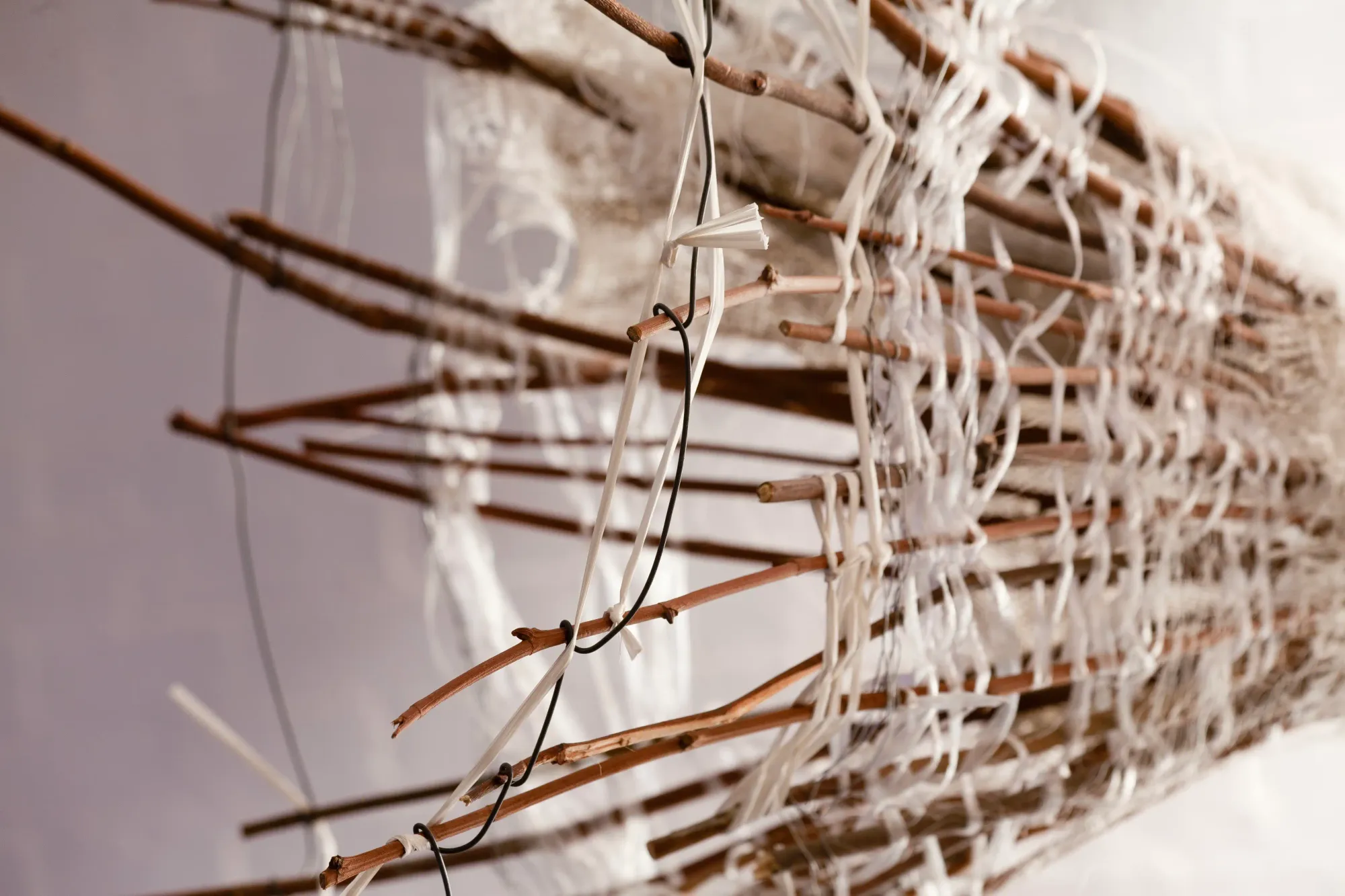
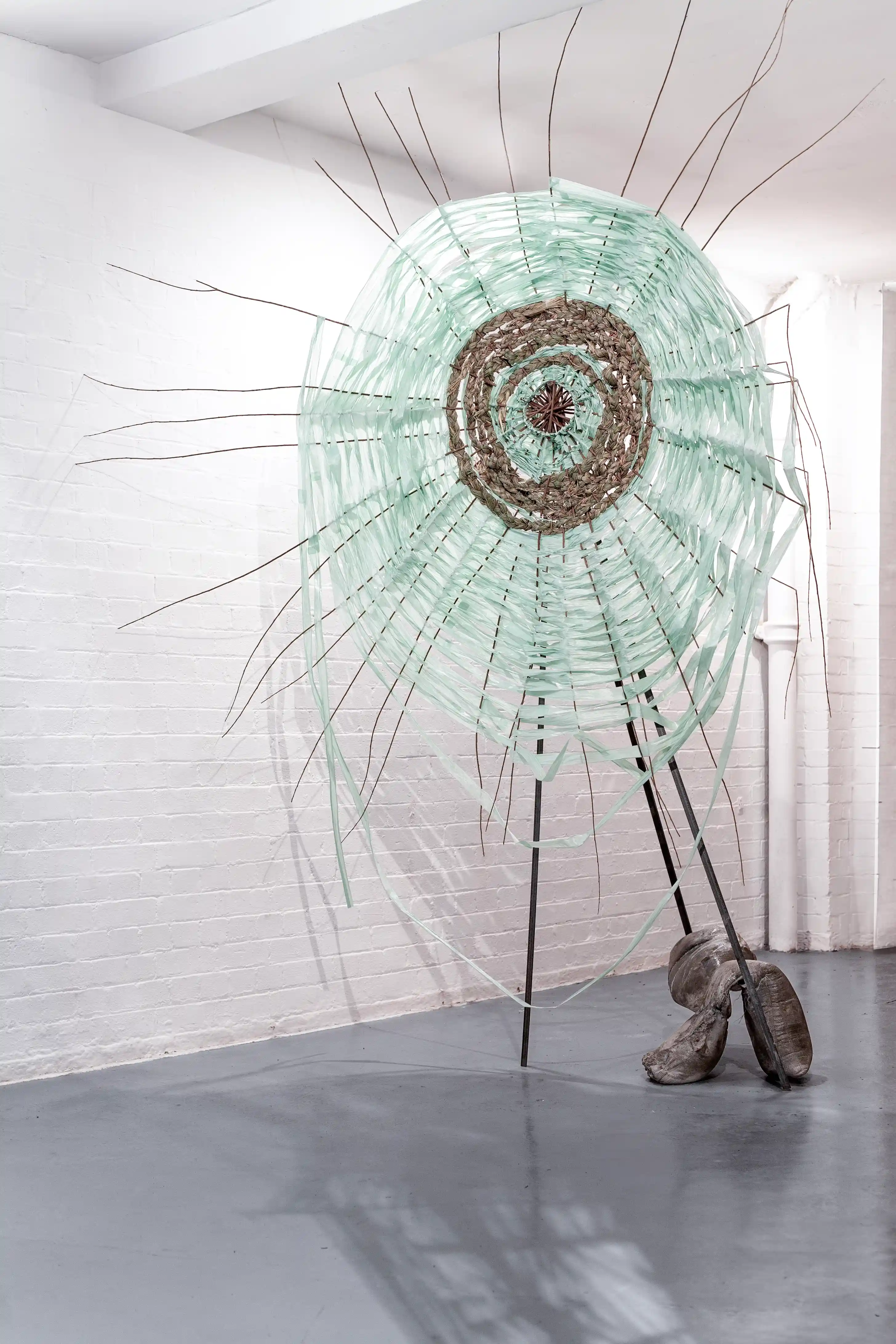
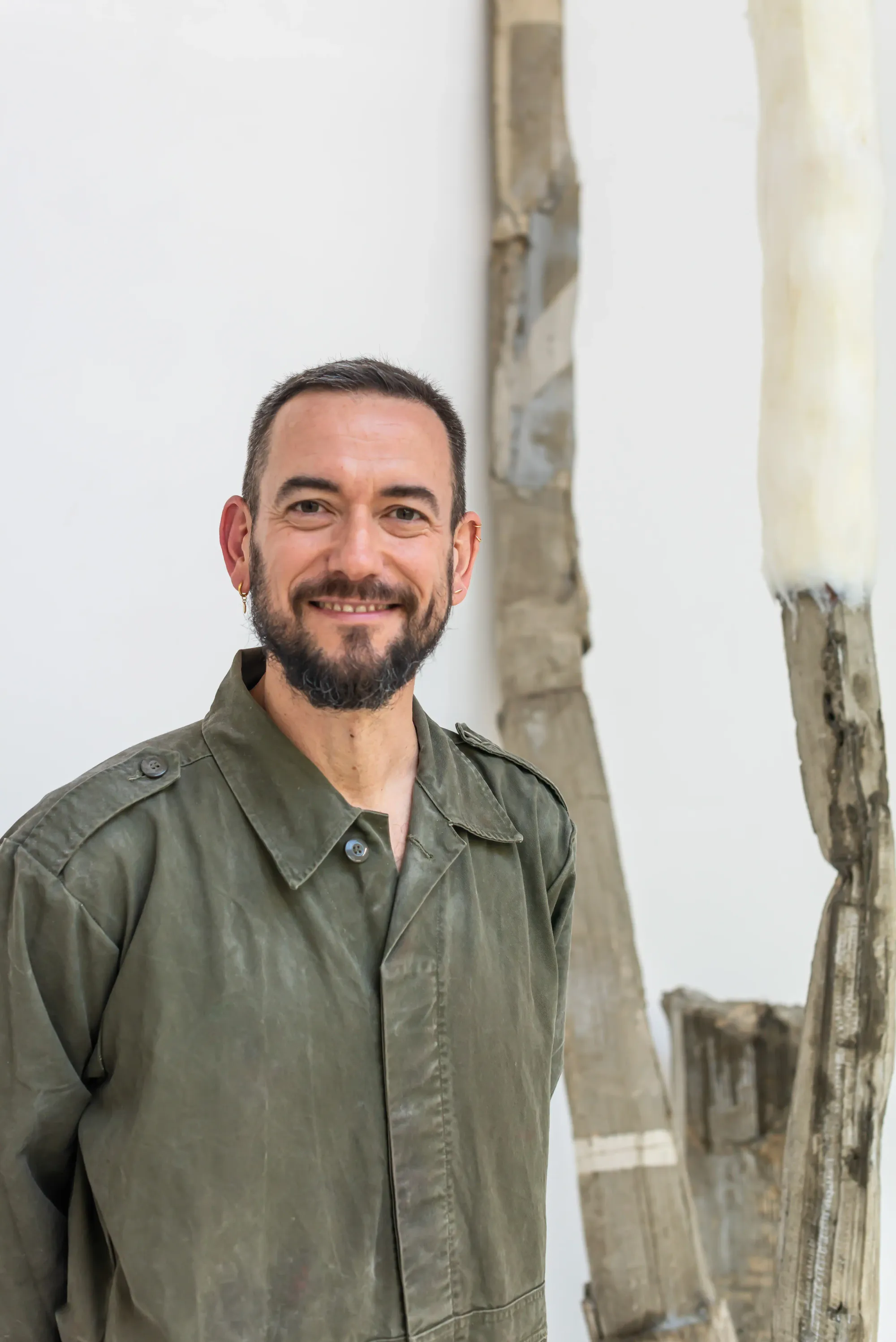
Credit: @studio_adamson and Valentino Vannini
Whether it’s rooting around for rich clay or handily upcycling broken building supplies, contemporary sculptor Barbara Beyer explains that being conscious of where materials have come from and where they are going enriches her creative projects.
“The material choice for this work is a total love affair. Clay fresh from the ground, slate and wood. I love handling all of those, they all have their own story and they all require - or rather allow for - different processes.
The wood I used is picked up from skips, the branches waste material after pruning the garden. The slate are recycled Welsh roof tiles. It’s been a special moment to dig up the clay mixed with earth directly from a plant bed in The Hide, take it to my studio to work it into the sculpture, and return it back to The Hide.”


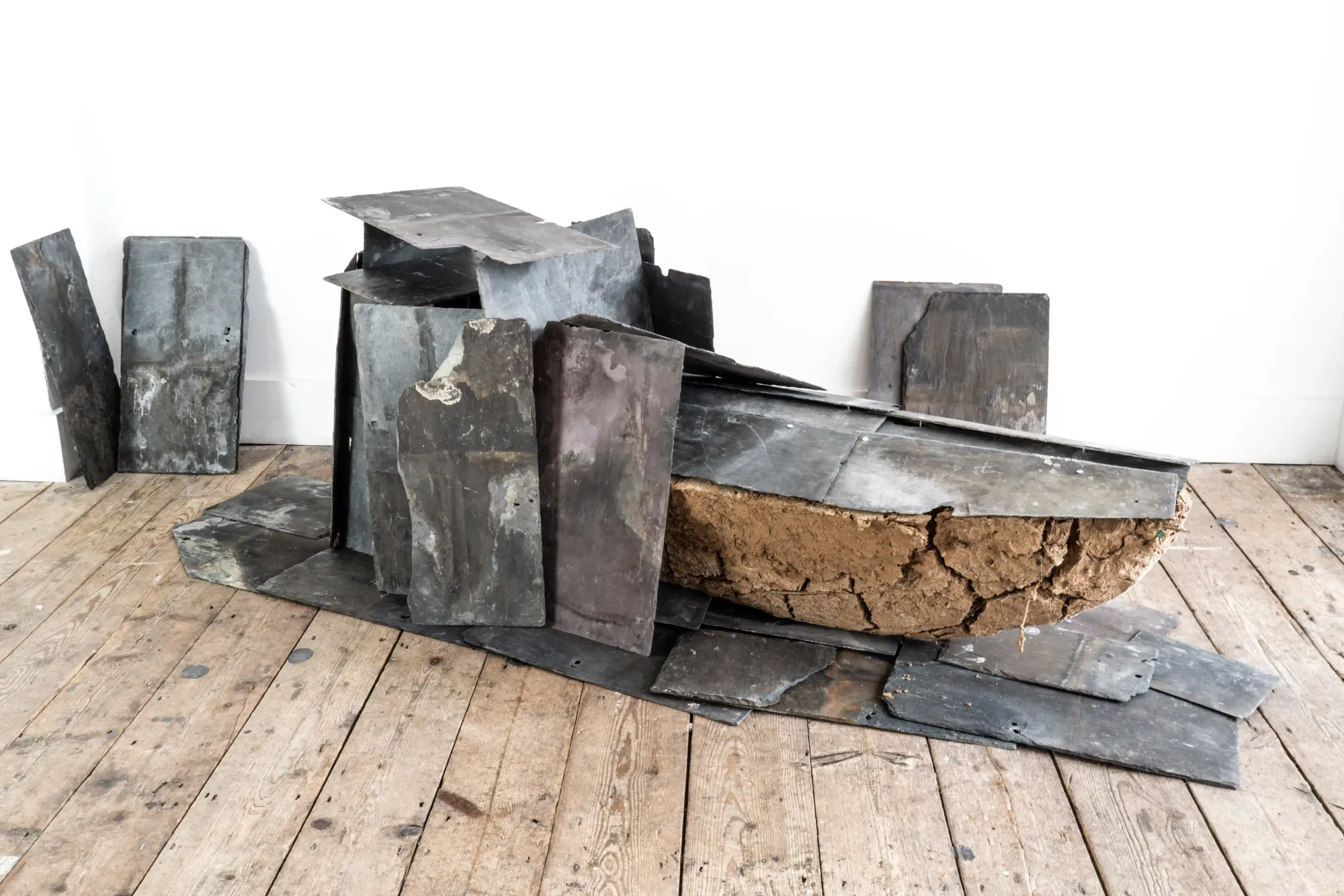
Barbara Beyer with selected works, Credit: Julia Lametta
How can contemporary art be prised open for all?
It’s no secret the world of contemporary art has a reputation for being haughty, highbrow, and all too often closed-off to general audiences. Unless you’re touting a tote bag in the corridors of Goldsmiths University, it can feel nearly impossible to understand and access the cutting edge of the British art scene, especially out here in Gloucestershire.
Fortunately, THISS 2025 is supported using public funding by the National Lottery through Arts Council England, enabling a partnership with two nearby youth charities, The Venture Hub and Young Gloucestershire. This spring, Alice has been stepping out of the studio and bringing creative workshops to young people to explore abstract art and contemporary sculpture on their own terms.
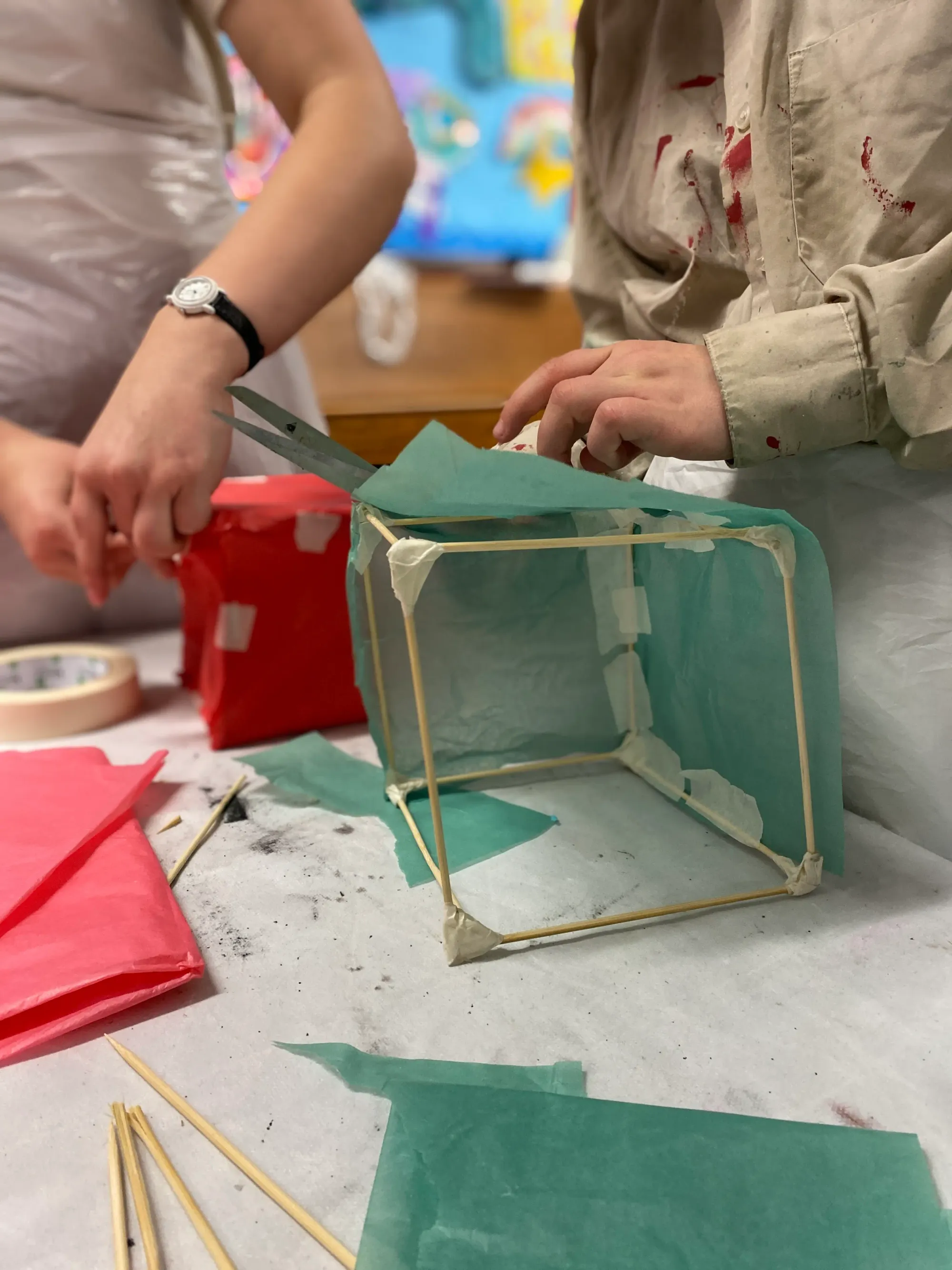

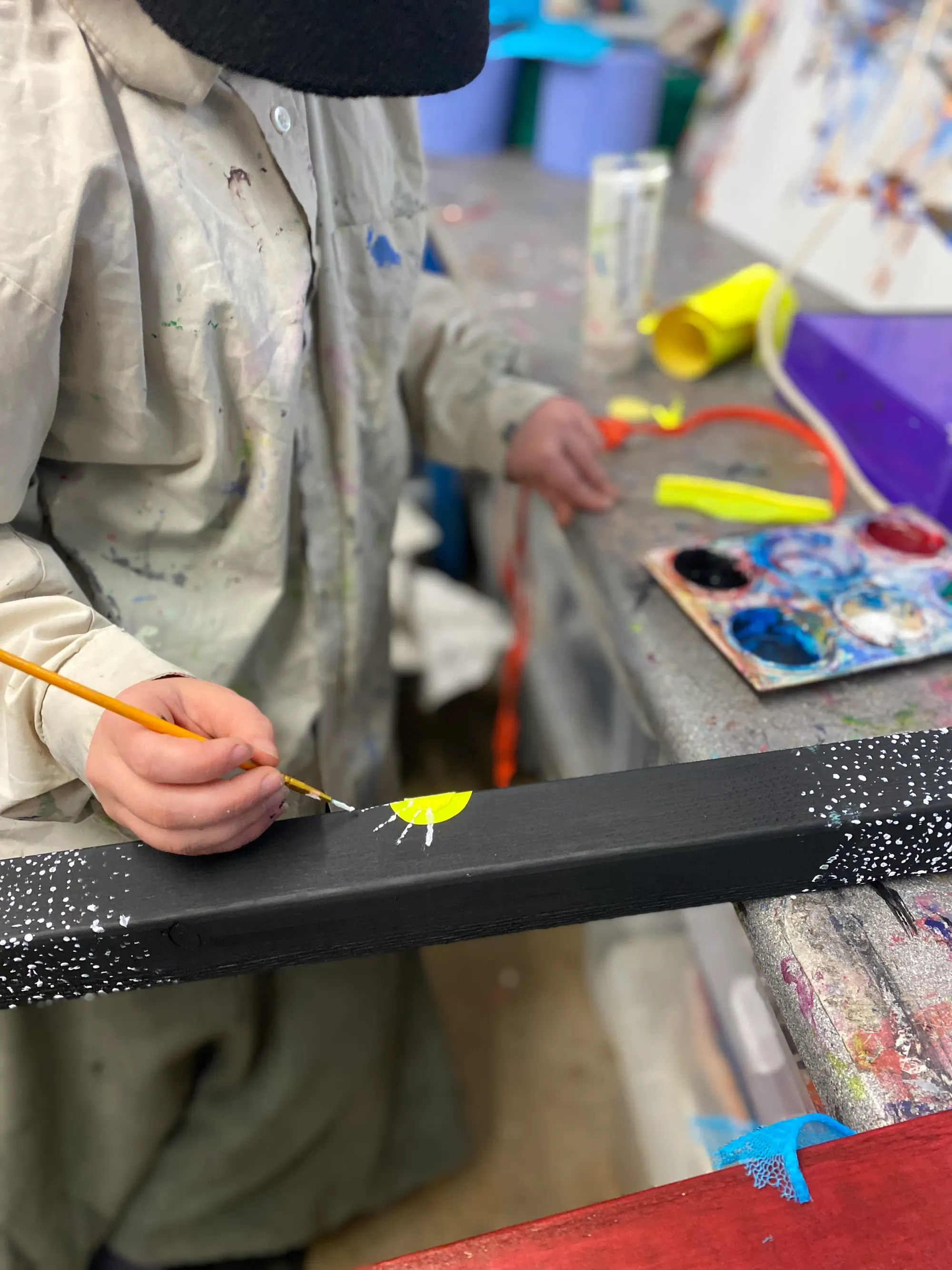
Art workshops at The Venture Hub, Credit: Alice Sheppard Fidler
Alice says she hopes the workshops boost the young people’s confidence and help break down barriers to accessing contemporary arts:
“Receiving arts council funding enabled me to offer these workshops to two charities I had supported through delivering care packages and workshops during lockdown. I offered to facilitate workshops at the charities’ venues, culminating in exhibitions they could invite their own communities to. Following on from that, collaborative sculptures made by the two groups will travel to the professional sculpture show in June.
I always approach working with young people as a ‘guide from the side’. I am always impressed how they show up and get stuck in, even when making abstract art which brings up certain challenges. Through art and creativity, a whole raft of skills can be obtained and these skills are completely transferable into any career choice.”
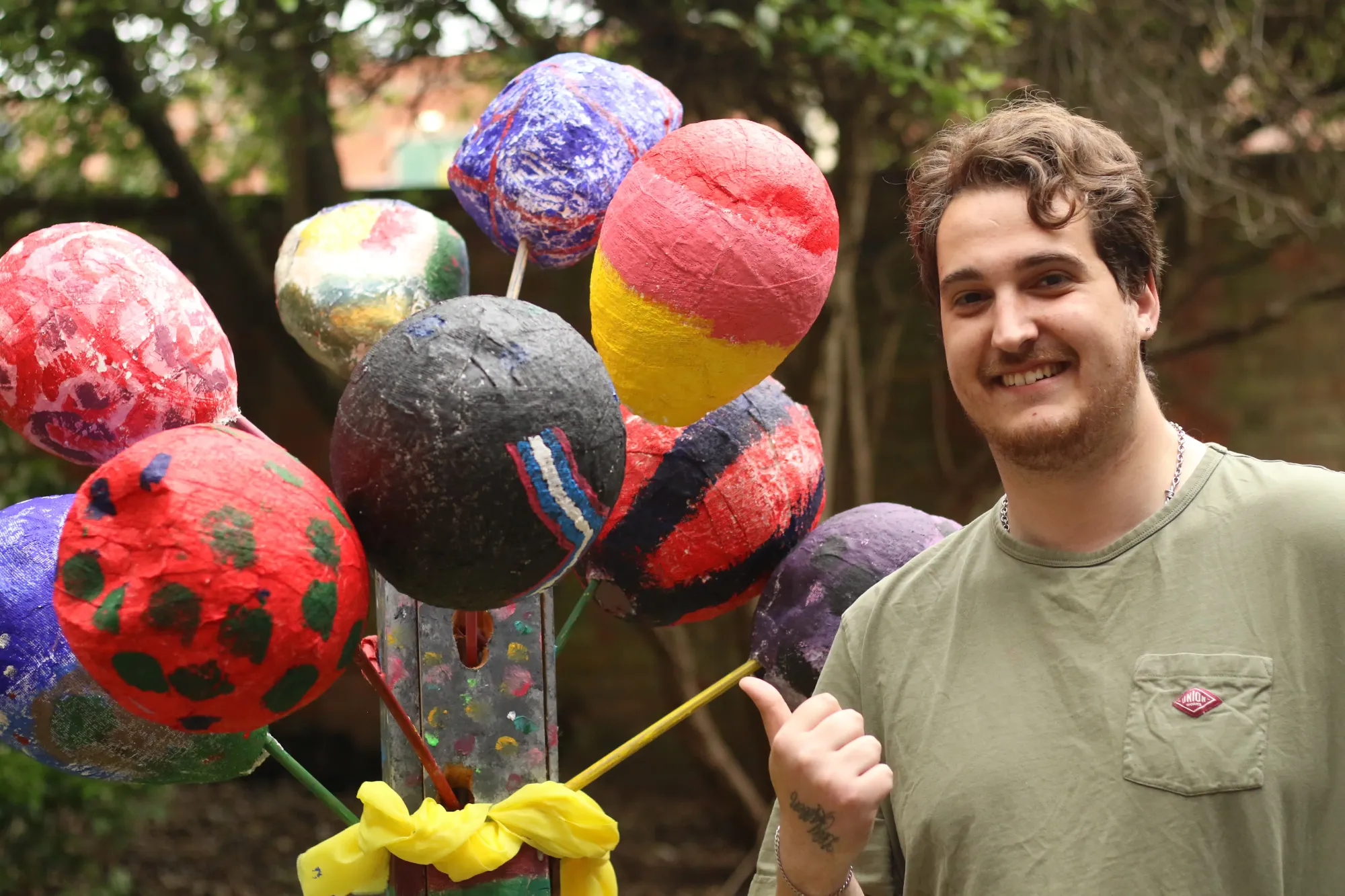
Through the programmes, young people in Gloucester have got the chance to design and develop their own creative projects, as well as work on collaborative pieces that will be featured at the THISS show next month. Picking up the paper mache and pipe cleaners for the first time can feel a bit daunting, but Alice says the aim of the workshops is to encourage everyone to embrace their creativity and be bold with their experiments and ideas.
“I think that art is put in a box to one side, it's considered a discrete activity for a chosen few. The fact that everything around us has required creative thought, imagination, or been designed in some way, is often ignored.
Yes, creative engagement allows for entertainment or fun. But it also goes much deeper: it allows people to connect to individuality and inner thoughts, and encourages people to stand up and be themselves, to believe that their ideas are worth having.”
The group sculptures built in the workshops with Young Gloucestershire and the Venture Hub will be exhibited alongside artwork by professional sculptors including Jessica, Valentino and Barbara at The Hide Installation and Sculpture Showcase next month.
THISS is free and open to the public from Saturday to Sunday 14-15 June and 21-22 June, 11am-5pm. The Hide is located at Pinfarthings, Stroud, GL5 5JJ, and parking is available on Minchinhampton Common nearby.

Amplify Stroud is supported by Dialect rural writers collective. Dialect offers mentorship, encouragement and self-study courses as well as publishing.

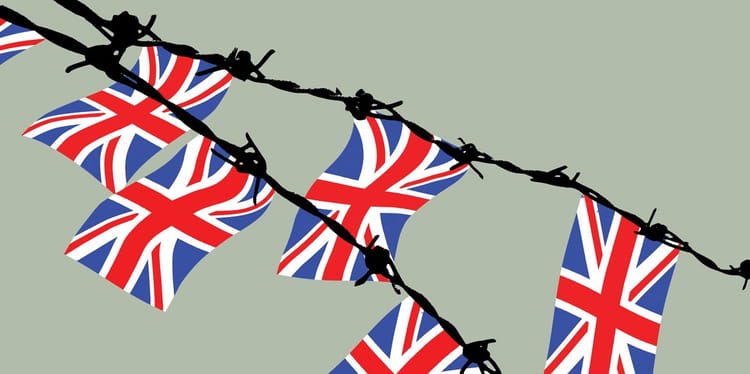

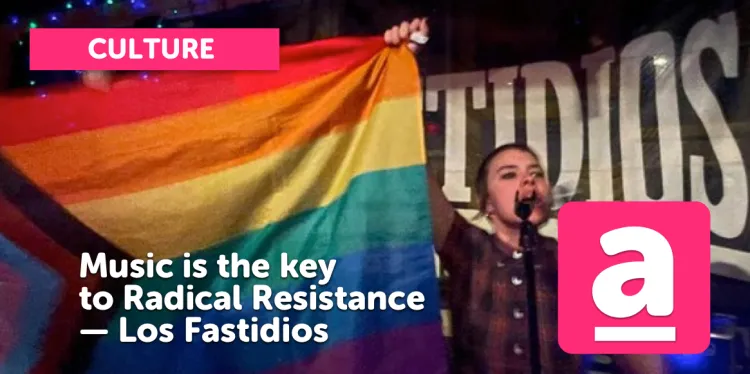
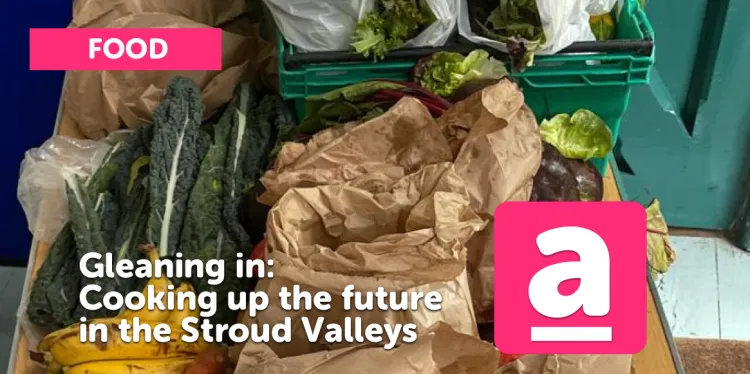
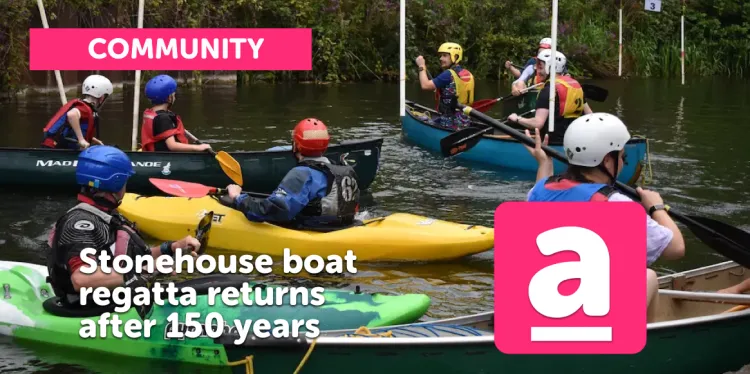
Member discussion